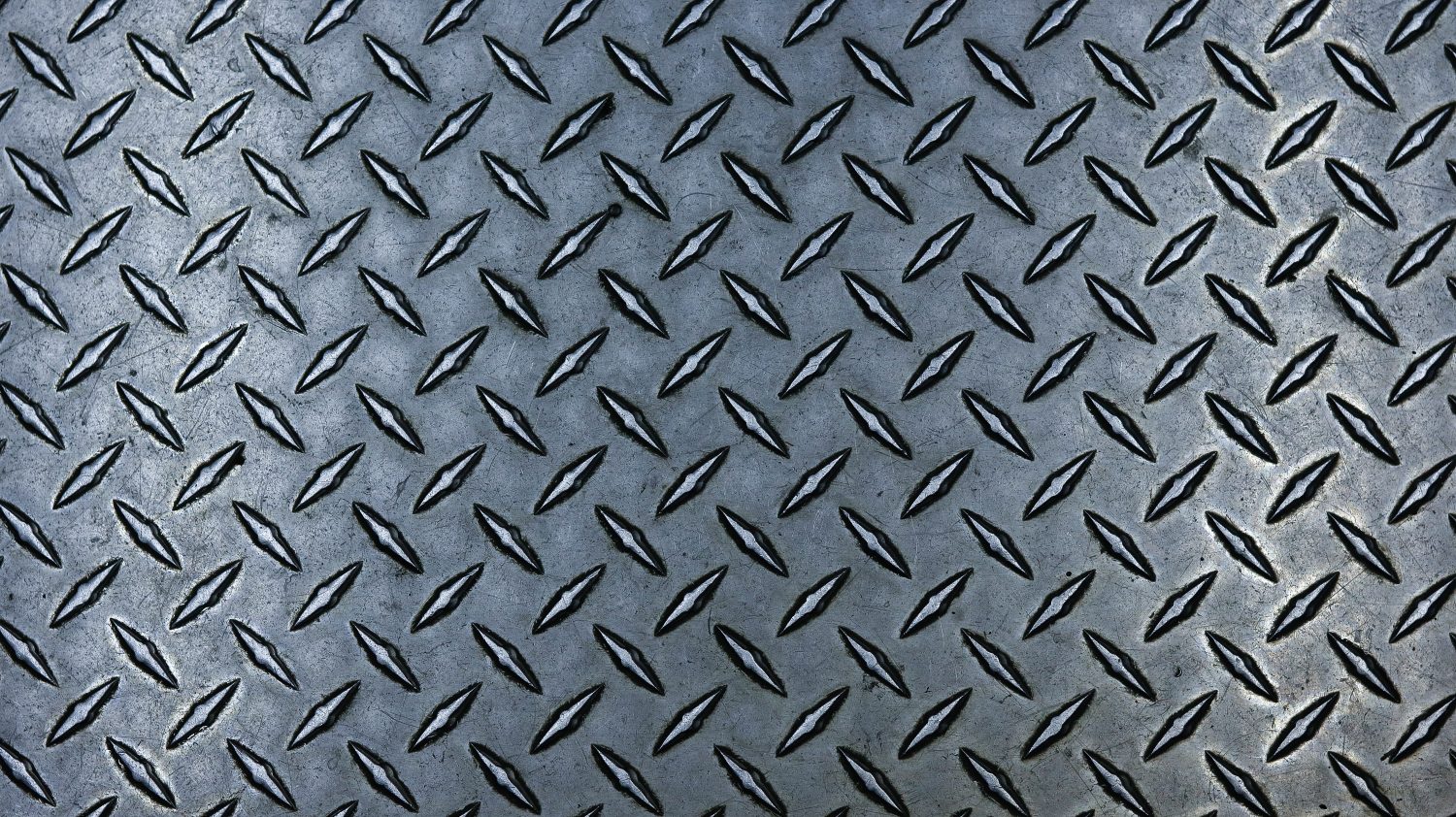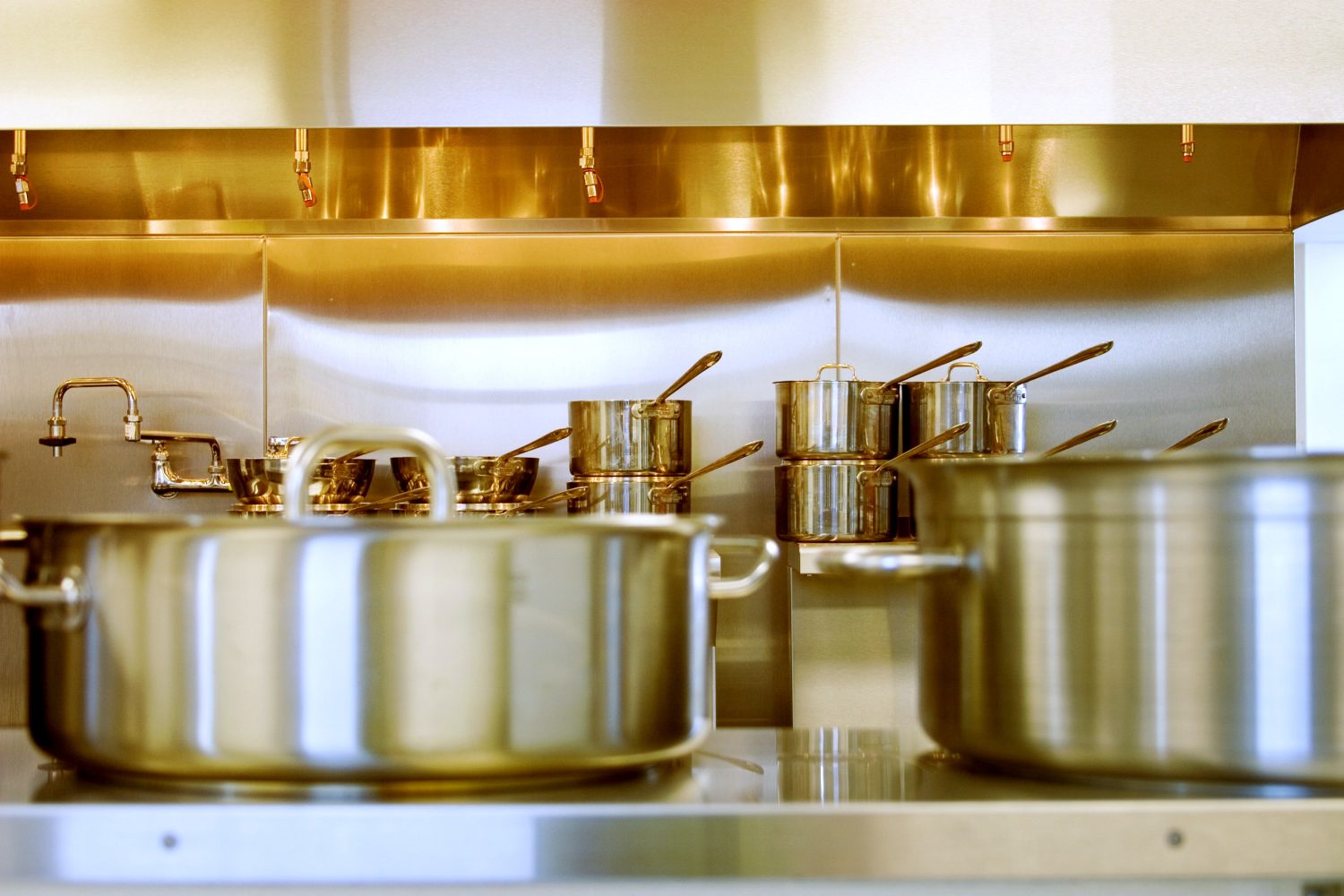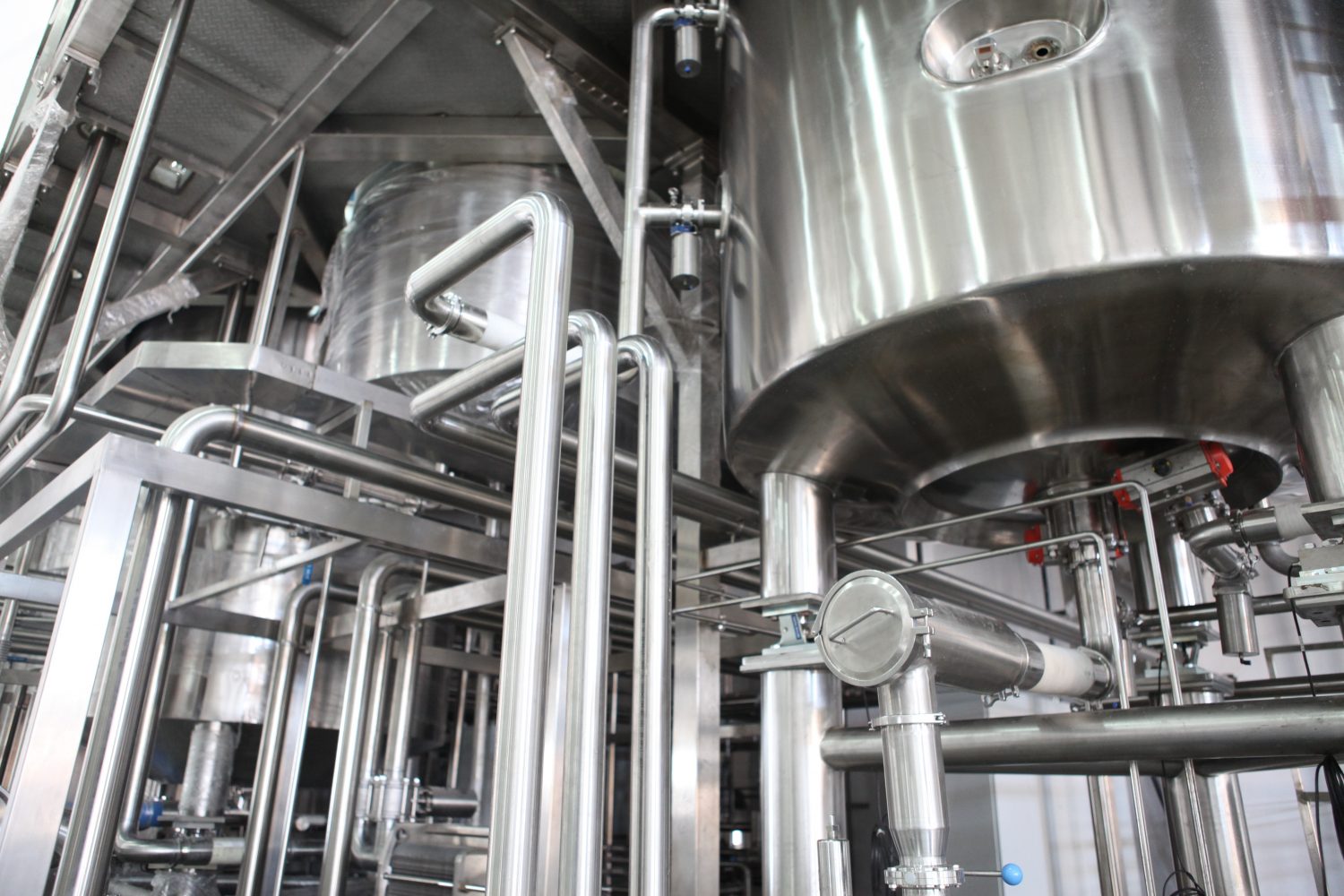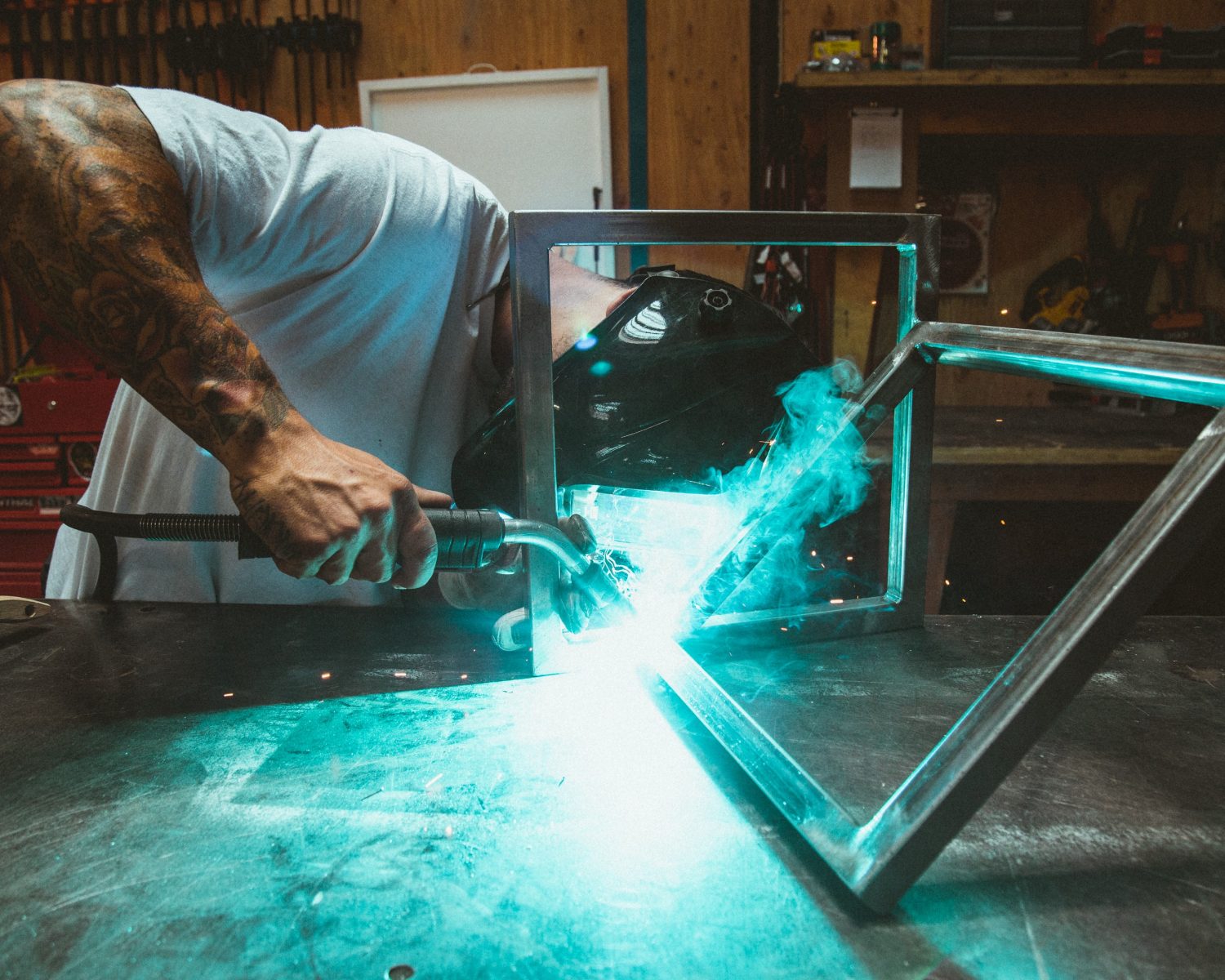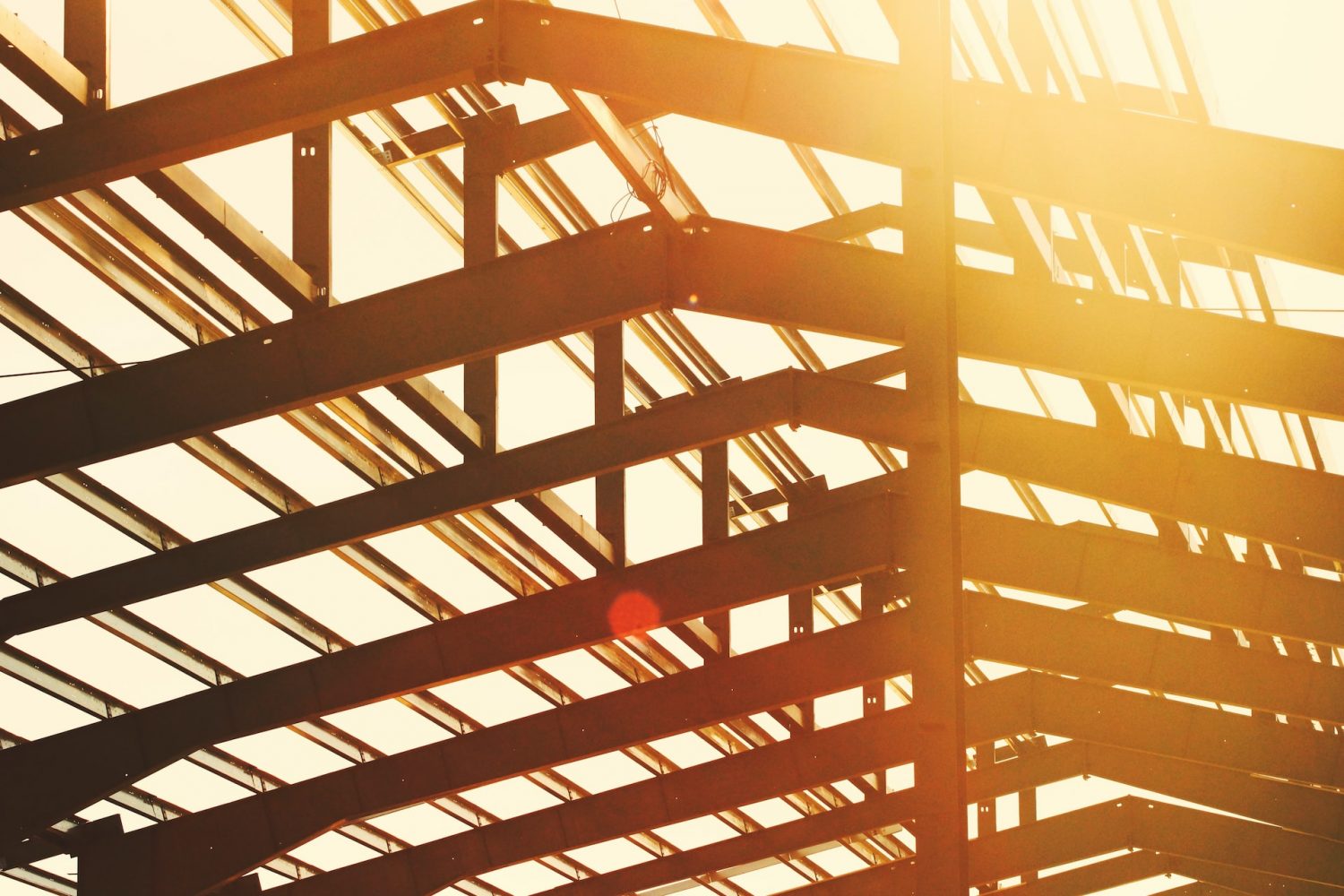CNC (Computer Numerically Controlled) punching is a manufacturing process commonly used for sheet metal fabrication. A CNC sheet metal punch is designed to stamp clear and specific shapes into pieces of metal and sheet metal parts.
CNC punch presses are electromechanical devices that use inputs from computer programming to move tools and create patterns from a software file. The devices are available with one head and a tool rail or a multi-tool turret.
How does CNC programming work?
Programming the punch press depends on a couple of different factors. The desired pattern is provided in either a 2D DXF or a DWG file format or as a 3D format in the CAD (Computer-Aided Design) file.
This data is then added to the CAM (Computer-Aided Manufacturing) phase of the cycle with the goal of selecting the best tool for the job and to fabricate the flat sheet metal element. The CNC nest will play a role in this phase when it comes to determining the most effective layout for the size of the sheet metal.
The CNC machine can then move the sheet metal to accurately position it under the punching arm, so the planned pattern can be punched and generated. Some machines can only move in one or two ways whilst some are able to move along the x, y, and z-axis.
What can be made using CNC Punching?
CNC punching is a highly versatile process, meaning the sky is the limit for what is able to be machined, whether its stainless steel, brass, plastic, or even wood, they can all be punched. The thickness that can be successfully machined ranges from 0.5mm to 6.0mm. So, as long as your chosen material falls within this range, it can be used in the machine.
There are also no restrictions when it comes to design and pattern. You don’t need to stick to the standard circle or rectangle, designs can be cut out to your specifications. CNC punching machines can use single hits, overlapping geometries, and a number of different tools to generate the most complex shapes.
What are the benefits of CNC Punching?
Increased productivity
When a design has been selected and created, it can be used as many times as you need. This easy repeatability improves productivity by taking away technical, intensive, and time-consuming manual processes.
Speed and accuracy
The automation and repeatability also make this method much faster than any other similar processes. No matter how complicated the design is, the overall production time is reduced. There is no need to compromise on accuracy either, in fact, CNC machines are often used for some of the most precise and complex shapes and machining.
Efficiency
CNC punching machines are fast and accurate whilst reducing the amount of waste being produced. Many machines now have internal quality detectors installed, so when a deficiency is found, the machine will stop punching to avoid any further waste.
Safe and cost effective
Thanks to the internal quality detectors, waste in these machines is kept to a minimum. This saves money in the long term because no raw materials will be thrown away. Additionally, as the entire process is automated, there aren’t any risks being posed to the operator, ensuring a hazard-free environment.
How can we help?
We are a family-run steel fabrication businesses that has been operating for more than 20 years. As experienced structural steel fabricators, we understand the importance of providing a first-class service to our customers as well as ensuring the highest quality steel products.
Contact our team today to discuss how our structural steel fabrication service, design fabrication, or any of our other services can help you and your project.
